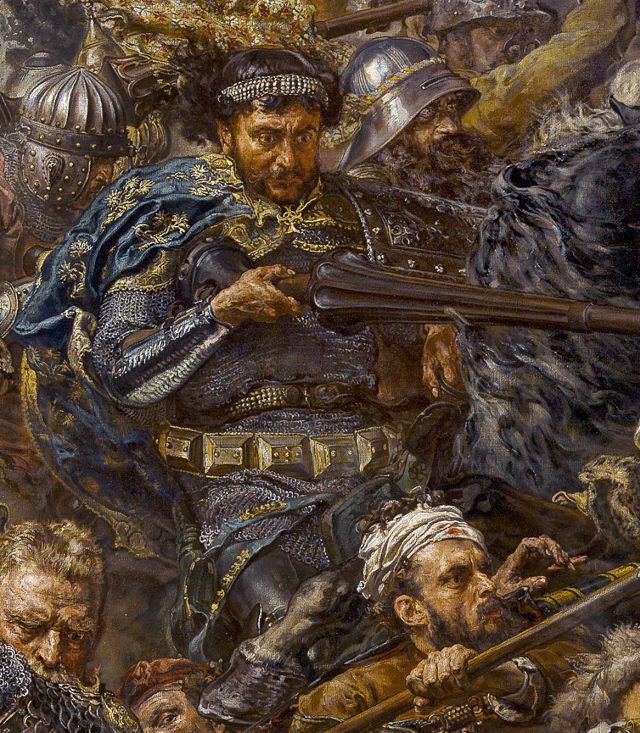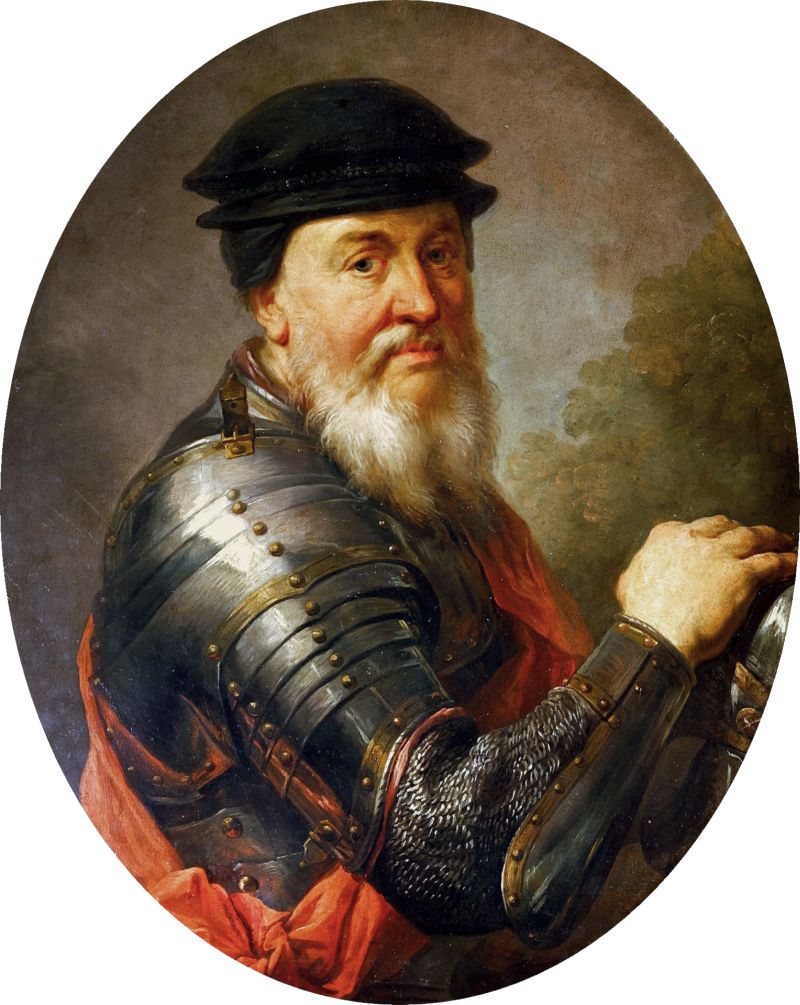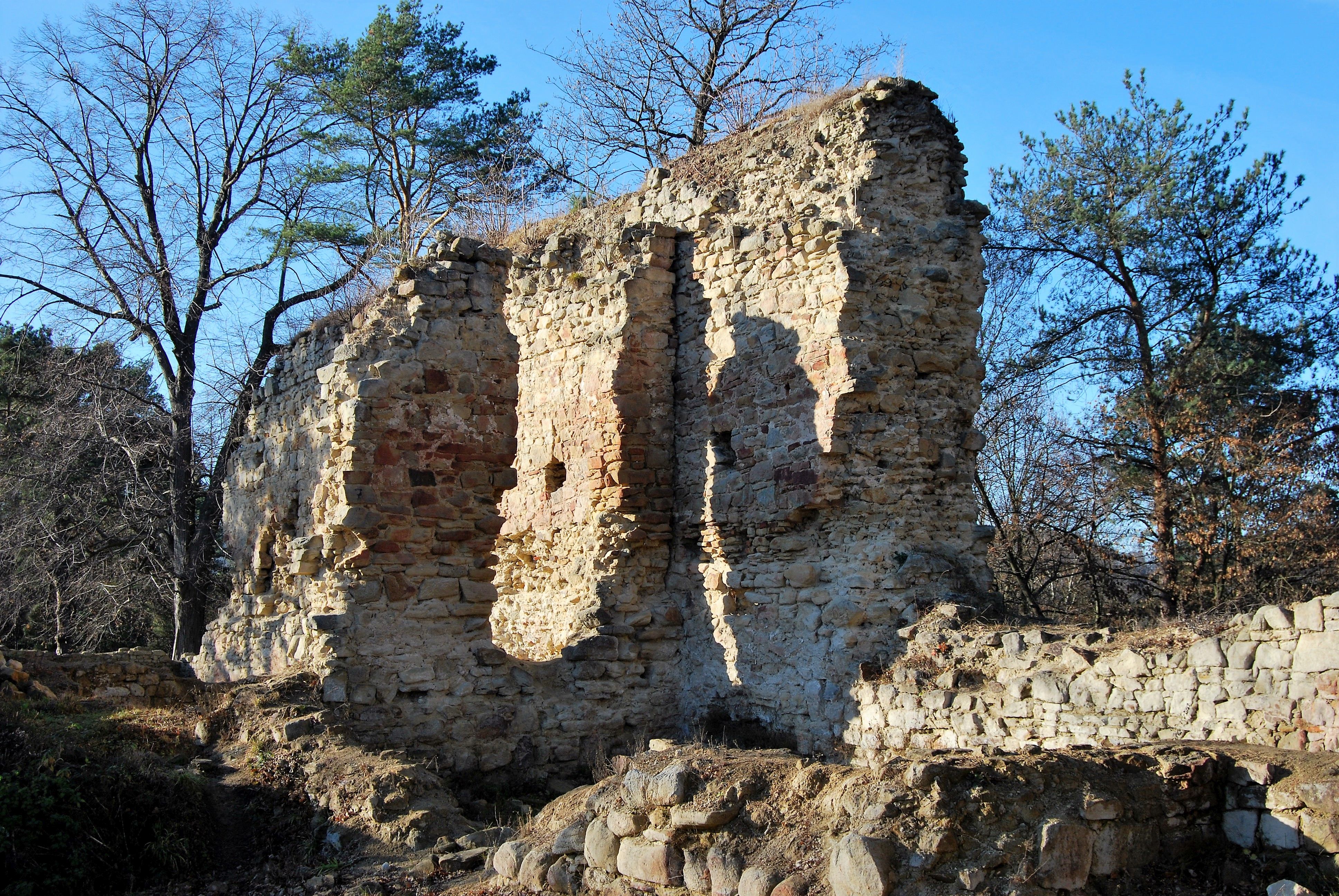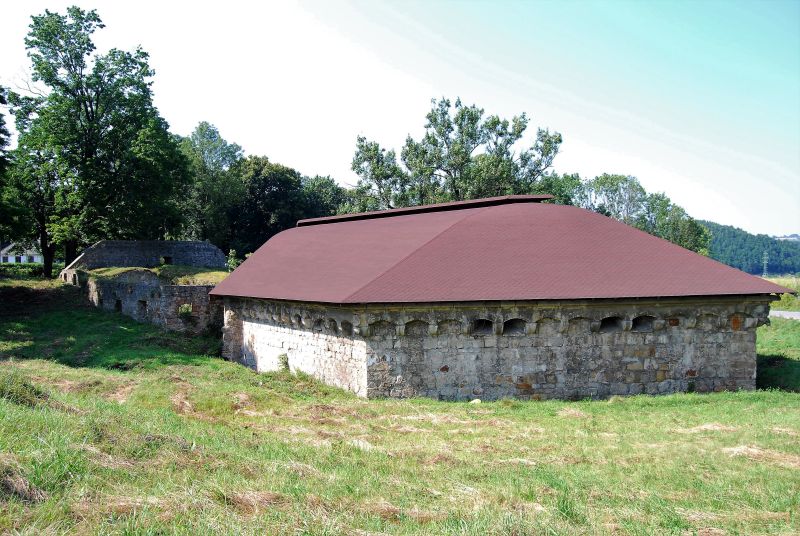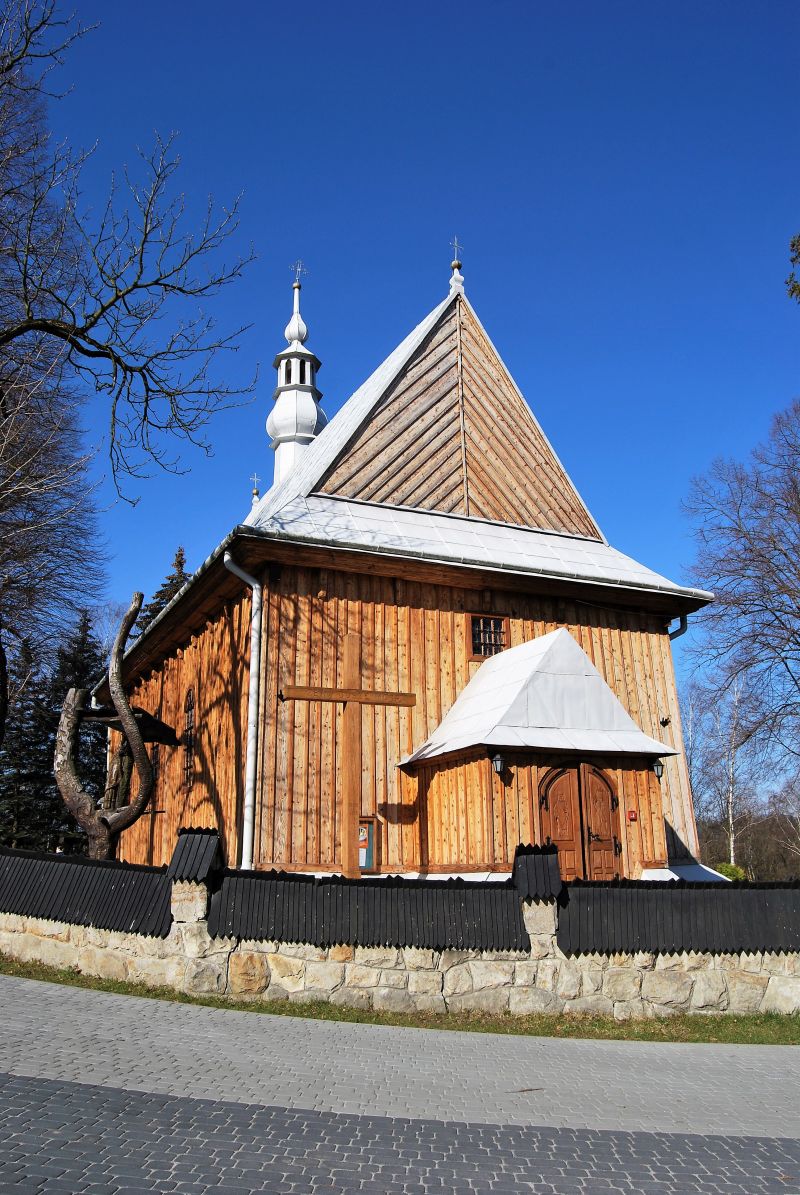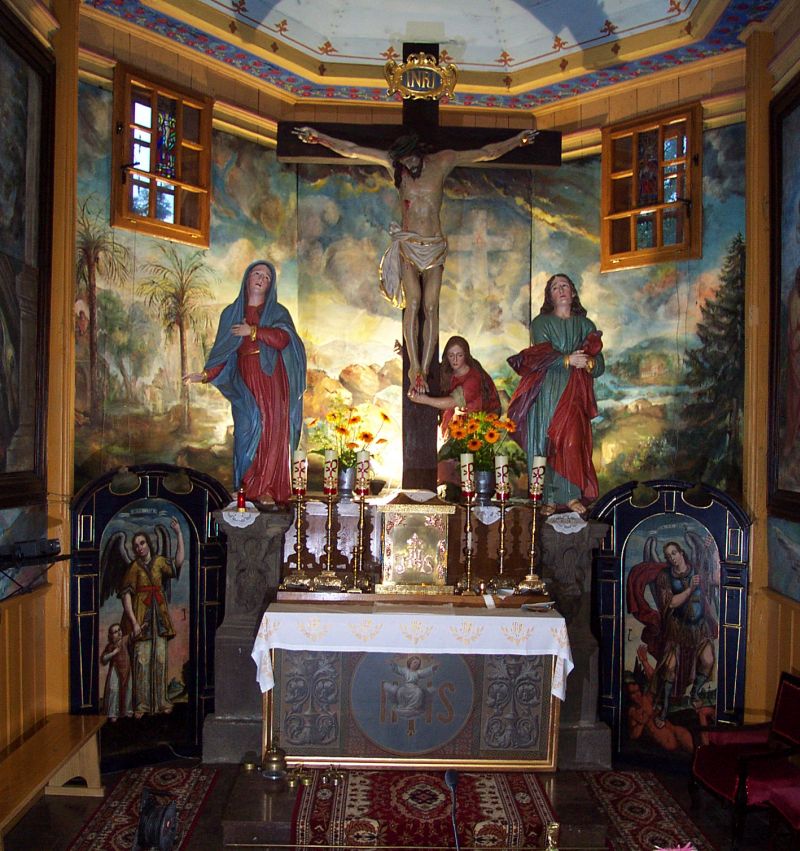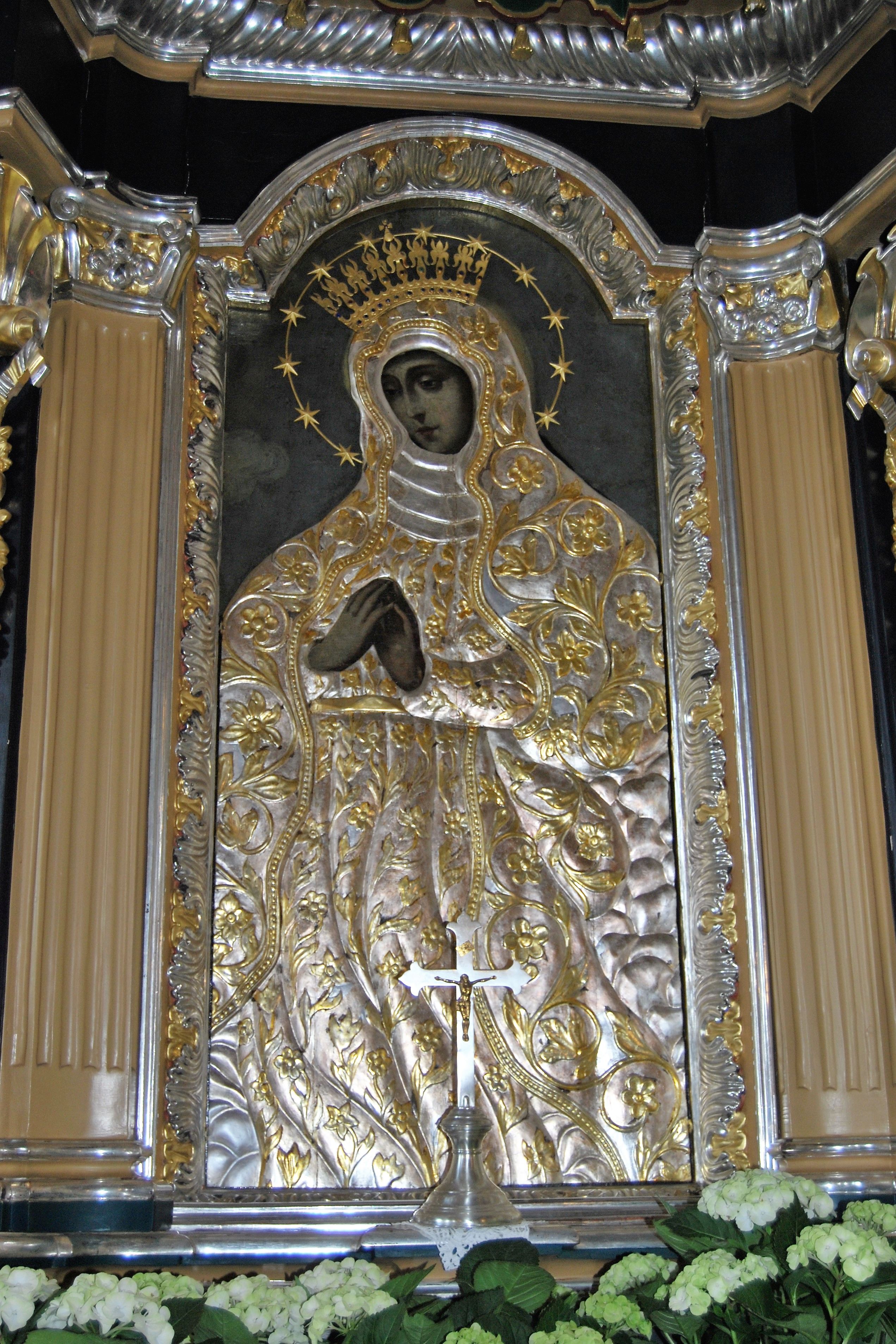Lords of Rożnów
Rożnów istniał już w pierwszej połowie XIV w. Źródła historyczne wiążą tę miejscowość z Michałem z Rożnowa i Klemensem z Radajowic, następnie z braćmi Piotrem i Klemensem Rożnami. W latach 1425–1426 dawne włości Rożnów (Gryfitów), których centrum stanowił zamek sprzed 1370 r., znalazły się w rękach słynnego Zawiszy Czarnego z Garbowa herbu Sulima. Sławnemu rycerzowi niedane było cieszyć się długo dobrami rożnowskimi. W 1428 r. podczas wyprawy przeciwko Turkom zginął pod twierdzą Golubac nad Dunajem.
Initially, it seemed that Rożnów would be held for many years by the male successors of Zawisza, who in his marriage to Barbara, niece of the Bishop of Kraków Piotr Wysz, had four sons and a daughter. Hopes for multi-generational rule of the Zawiszycs in Rożnów quickly faded. Stanisław died in 1444 in the Battle of Varna, Marcin (also a participant in the Varna battle), as a bachelor, did not take care of his succession, as did the third, his father's namesake, like him Zawisza. In this situation, the future of the large branch of the Sulimczyks depended on the youngest son of Zawisza – Jan, who, before he died in Teutonic captivity after the Battle of Chojnice (Thirteen Years' War), had a male descendant, also Jan, extending the male line of the Sulimczyks, lords of Rożnów only until about 1461 (see B. Możejko, S. Szybkowski, B. Śliwiński, Zawisza Czarny z Garbowa coat of arms Sulima, Gdańsk 2003).
In 1465, Zawisza Czarny's granddaughter Barbara brought the Rożnów estates as a dowry to Stanisław Tęczyński, and then to her second husband Jan Amor Tarnowski. In the 16th century, Jan Tarnowski, son of the aforementioned Jan Amor, Grand Crown Hetman, an outstanding theoretician and practitioner of military art, victor of Obertyn and conqueror of Starodub, abandoned the idea of expanding the ancient castle of the Gryfita and Sulimczyca families. Instead, he decided around the middle of the 16th century to build a new Renaissance castle in the palazzo in fortezza type, combining the function of a magnate's seat with modern defensive solutions. The complex conceived in this way was never completed, but fragments of the fortifications have survived to this day, including a particularly valuable and unique corner artillery boulevard in the Italian school style.
Later, the heirs of Rożnów were the Ostrogski princes, including Konstanty Wasyl Ostrogski, later Katarzyna née Ostrogski, wife of Tomasz Zamoyski, the voivode of Kiev. They were followed by the Wielopolscy. Another historic building in Rożnów is associated with the latter – the wooden church of St. Adalbert with a log construction. The church was built in 1661 from the foundation of the castellan of Wojnicz, Jan Wielopolski, the creator of the power of the Wielopolscy family, the owner of, among others, Pieskowa Skała and several village keys, including estates in the Sądecki district. The crowning achievement of his efforts was obtaining in Vienna from Emperor Ferdinand III the hereditary title of Count of the Holy Roman Empire of the German Nation on Pieskowa Skała, as well as Czech and Hungarian indigenates. It should be added that in 1660 he was the initiator of a theological dispute held in Rożnów between Catholics (including the Franciscan priest Franciszek Rychłowski – the first superior of the monastery on St. Anne's Mountain and the Jesuit priest Jan Henning – rector of the Kraków college) and Arians (including Andrzej Wiszowaty – an Arian writer, representative of that part of the Nowy Sącz nobility who questioned the dogma of the Holy Trinity).
The Rożnów temple is captivating. Particular attention is drawn to the Baroque main altar with the Crucifixion group against the backdrop of the panorama of the Holy Land and Rożnów, and the side altar of Our Lady of Sorrows with a painting famous for its graces. (The first testimony to the miraculous intervention of Our Lady of Rożnów was given at the end of the 17th century by Stanisław Krzesz from Męcina).

